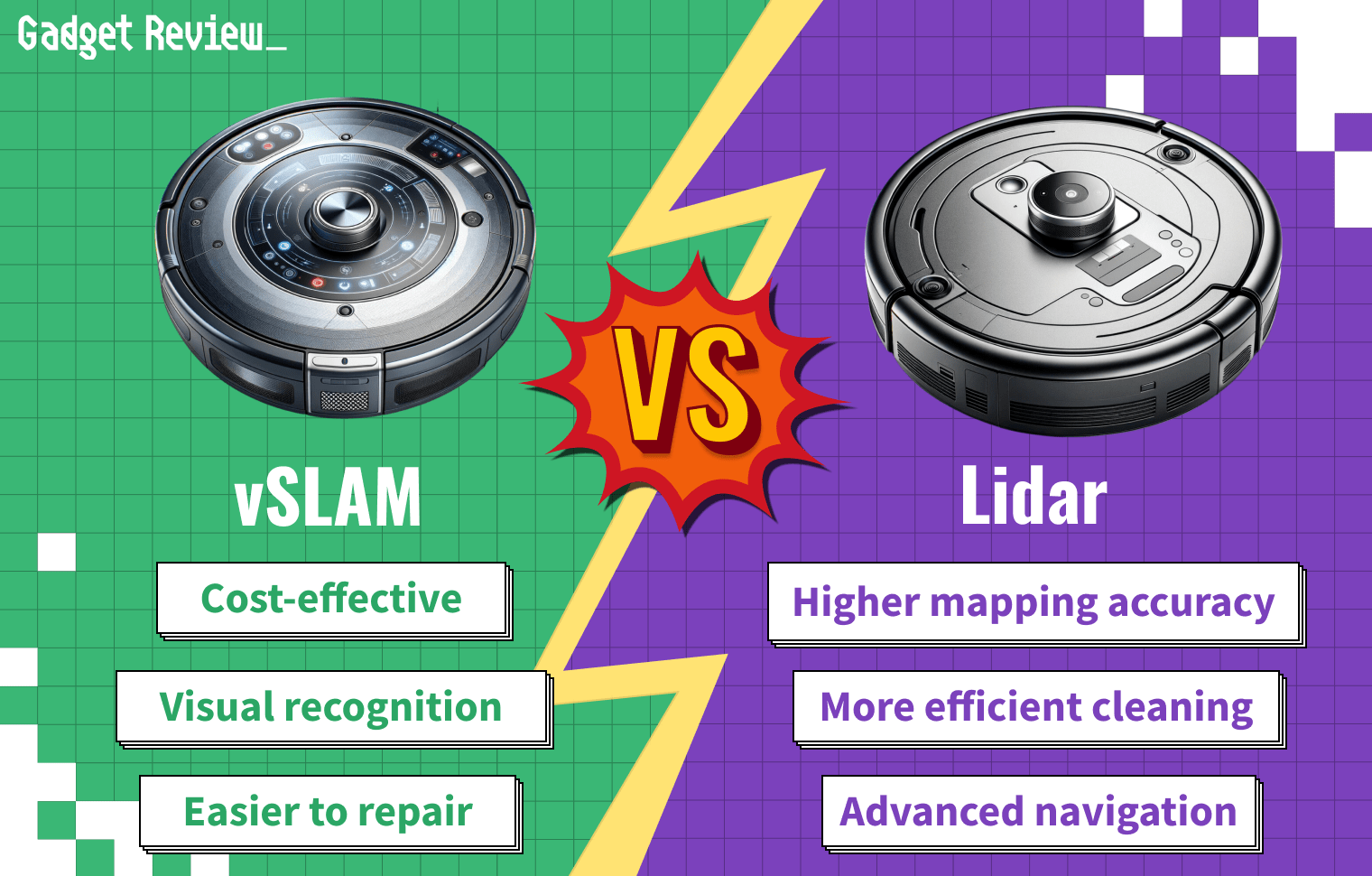Steam cleaners have emerged as a powerful ally in addition to traditional vacuum cleaners. Gone are the days of labor-intensive scrubbing and the use of harsh chemicals.
Steam cleaning offers a revolutionary approach to home cleaning, combining high temperatures and pressure to tackle even the most stubborn stains.
This guide delves into using a steam vacuum, providing you with a simple way to get started.
Using a Steam Vac – Quick Take
Here’s a quick take on using a steam vac effectively:
- Start by filling its tank with water and allowing it to heat up.
- Once ready, apply the steam evenly across the surface you’re cleaning, moving the steam vac slowly to ensure thorough coverage.
- The steam loosens dirt and grime, which can then be wiped away or vacuumed for a deep clean.
Remember to use the right attachment for different surfaces and follow the manufacturer’s instructions for the best results.
Steam Cleaner in Action
For those who need more visual assistance, check out the video below to learn how to use your steam cleaner vacuum.
Understanding Steam Cleaners
A steam cleaner is a device that uses heated water to produce steam for cleaning surfaces.
It works by heating water to a high temperature, creating steam that is then directed through a nozzle or brush to clean and sanitize various surfaces.
Types of Steam Cleaners
- Canister Steam Cleaners: Versatile and powerful, ideal for a range of surfaces.
- Upright/Mop Steam Cleaners: Best for floors and large areas.
- Handheld Steam Cleaners: Perfect for spot cleaning and smaller tasks.
Advantages of Steam Cleaning

Steam cleaning is not just about removing dirt; it’s about ensuring a hygienic environment.
The high temperatures kill bacteria and dust mites, making it an excellent choice for allergy sufferers.
Plus, it achieves this level of cleanliness without the need for harsh chemicals, making it a safe and eco-friendly option.
insider tip
Steam cleaners are ideal for cleaning bathroom tiles, fixtures, sealed hardwood floors, carpets, and upholstery.
Preparing for Steam Cleaning
Before you begin, it’s crucial to prepare the surface. Remove loose dirt and debris to prevent scratching. Choose the right attachment based on the surface you’re cleaning – a brush for scrubbing, a squeegee for windows, or a cloth for delicate surfaces.
Effective Step-by-Step Steam Cleaning Instructions
STEP 1 Preparing the Area
- Clear the Area: Remove any furniture, rugs, or obstacles from the cleaning area.
- Preliminary Cleaning: Sweep or vacuum the area to remove loose dirt, dust, and debris. This step prevents scratching or smearing dirt during the steam cleaning.
STEP 2 Filling and Heating
- Fill the Water Tank: Use distilled or demineralized water to prevent mineral buildup in the machine. Fill the tank to the indicated level, but don’t overfill.
- Heat the Water: Turn on the steam cleaner and allow it to heat up. This can take a few minutes, depending on the model. The steamer will indicate when it’s ready to use, either through a light indicator or a sound signal.
STEP 3 Choosing the Right Attachment
- Select the Appropriate Attachment: Use a brush attachment for scrubbing surfaces, a squeegee for windows and mirrors, and a cloth cover for delicate surfaces or upholstery.
- Attach Securely: Ensure the attachment is secured to avoid accidents during use.
STEP 4 Steam Cleaning Process

- Test on a Small Area: Before cleaning the entire surface, test the steam cleaner on a small area to ensure it doesn’t damage the surface.
- Even Application: Hold the steam cleaner close to the surface and apply steam evenly. Move the cleaner slowly over the surface to allow the steam to penetrate and loosen dirt.
- Scrub if Necessary: For tough stains or grime, use the brush attachment to gently scrub the area while applying steam.
- Avoid Over-Saturation: Do not over-steam, as excessive moisture can damage certain surfaces, especially wood or laminate.
STEP 5 Post-Cleaning
- Wipe Down Surfaces: After steam cleaning, wipe down surfaces with a clean, dry cloth to remove loosened dirt and any residual moisture.
- Clean the Steam Cleaner: Empty any remaining water from the tank. Clean the attachments and the nozzle to remove any dirt or residue.
- Dry the Area: Allow the cleaned area to dry completely. This is usually quick due to the low moisture content of steam. If it takes too long, you can use a fan to dry it faster.
Maintenance and Care for Steam Cleaners
Regular maintenance helps with the longevity and effectiveness of your steam cleaner.
Use distilled water to prevent scaling and clean the attachments after each use. Store the device in a dry place to prevent moisture buildup.
warning
Avoid using steam cleaners on silk, unsealed hardwood, laminate, or painted surfaces.
Common Mistakes in Steam Cleaning
Avoid oversteaming, as this can damage certain surfaces. Check the manufacturer’s guidelines for specific instructions on different surfaces.
Remember, steam cleaning is not a one-size-fits-all solution; it requires a tailored approach based on the material and type of dirt.
Embracing the Power of Steam Cleaning
Steam cleaning has the ability to deep clean and sanitize, making it an invaluable tool in maintaining a clean and healthy home.
You can harness the full potential of your steam cleaner, making your cleaning routine more efficient and effective once you understand how to use it properly.
























